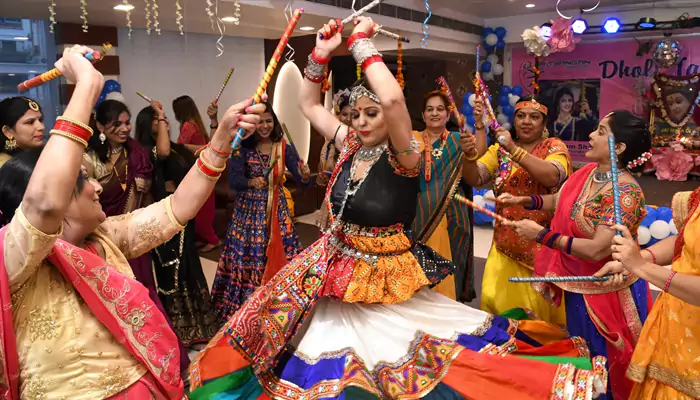Transforming Yoga: International Yoga Day Highlights Emerging Trends and Yoga for Inclusivity
- Admin
- 1 year ago
- 3 minutes read

As the world gears up for International Yoga Day on 21st June, it's high time that we teach ourselves the health benefits and numerous other advantages of practicing yoga.
Yoga, an ancient practice originating from India, has evolved significantly in recent years, embracing new trends and becoming more inclusive and accessible than ever before.
This article explores some of the innovative practices that are transforming the world of yoga, making it accessible to people of all ages, abilities, and backgrounds.
Aerial Yoga: Defying Gravity
Aerial yoga has taken traditional yoga off the mat and into the air. This innovative practice involves performing yoga postures using a hammock or swing suspended from the ceiling. Aerial yoga combines traditional yoga poses with aerial acrobatics, allowing practitioners to deepen stretches, build core strength, and improve flexibility. It has gained popularity for its therapeutic benefits, offering spinal decompression and stress relief.
SUP Yoga: Finding Balance on Water
Stand-Up Paddleboard (SUP) yoga combines yoga with stand-up paddleboarding, practiced on calm water bodies like lakes or seas. SUP yoga enhances traditional yoga poses by adding an element of balance and stability, as practitioners must adapt to the movement of the water. This trend has attracted water sports enthusiasts and yoga practitioners alike, offering a unique experience that connects body, mind, and nature.
Tech-Integrated Yoga: Yoga in the Digital Age
In the digital era, technology has revolutionized the practice of yoga, making it more accessible through online classes, apps, and wearable devices. Tech-integrated yoga incorporates virtual reality (VR) yoga experiences, where practitioners can immerse themselves in serene environments, enhancing relaxation and focus. Additionally, yoga apps offer personalized routines and real-time feedback, making it easier for beginners to learn and practice yoga at their own pace.
Yoga for All
Inclusivity in Yoga: Adapting to Diverse Needs
Yoga is increasingly recognized for its ability to accommodate diverse populations, regardless of age, ability, or background. Adaptive yoga programs cater to individuals with physical disabilities or chronic health conditions, providing modified poses and sequences to suit their needs. These programs emphasize the therapeutic benefits of yoga, promoting healing, pain management, and improved mobility.
Yoga for Seniors: Promoting Healthy Aging
Yoga for seniors has gained popularity for its gentle approach to fitness and wellness. Senior yoga classes focus on flexibility, balance, and joint health, helping older adults maintain mobility and independence. These classes often include chair yoga, which allows participants to perform yoga poses while seated, making it accessible for those with limited mobility or balance issues.
Yoga in Schools: Fostering Mindfulness in Children
Educational institutions are incorporating yoga into their curriculum to promote mindfulness and emotional well-being among students. Yoga in schools introduces children to breathing exercises, relaxation techniques, and age-appropriate yoga poses. These programs aim to reduce stress, improve focus, and enhance academic performance, while teaching children valuable life skills for managing emotions and building resilience.
Innovative practices and new trends in yoga are transforming the way people practice and perceive this ancient discipline. From aerial yoga and SUP yoga to tech-integrated experiences, yoga is evolving to meet the diverse needs and preferences of practitioners worldwide. Moreover, the inclusivity of yoga is expanding, making it accessible to people of all ages and abilities through adaptive programs and specialized classes.












